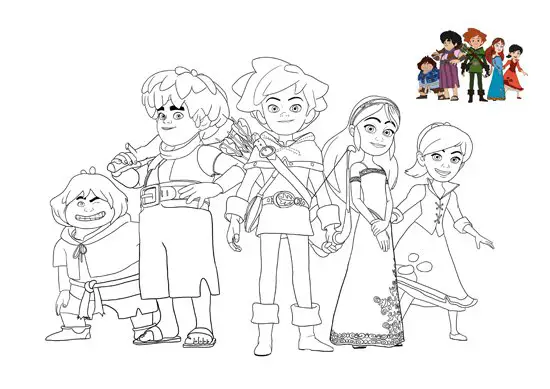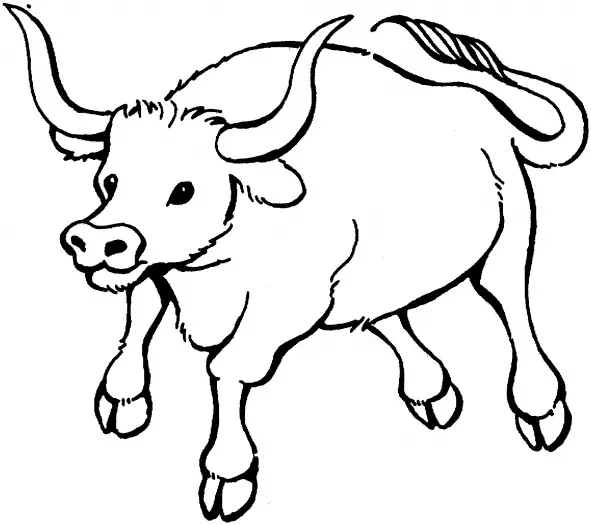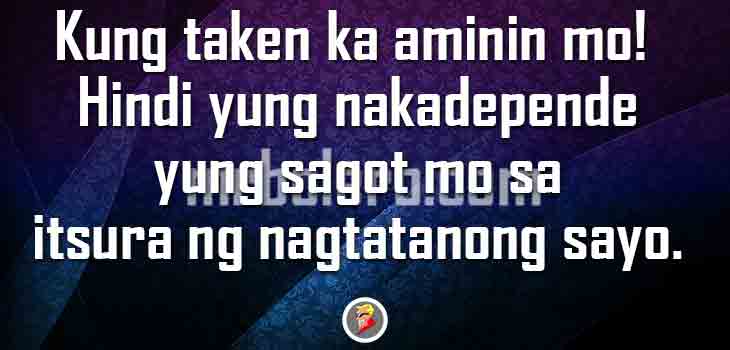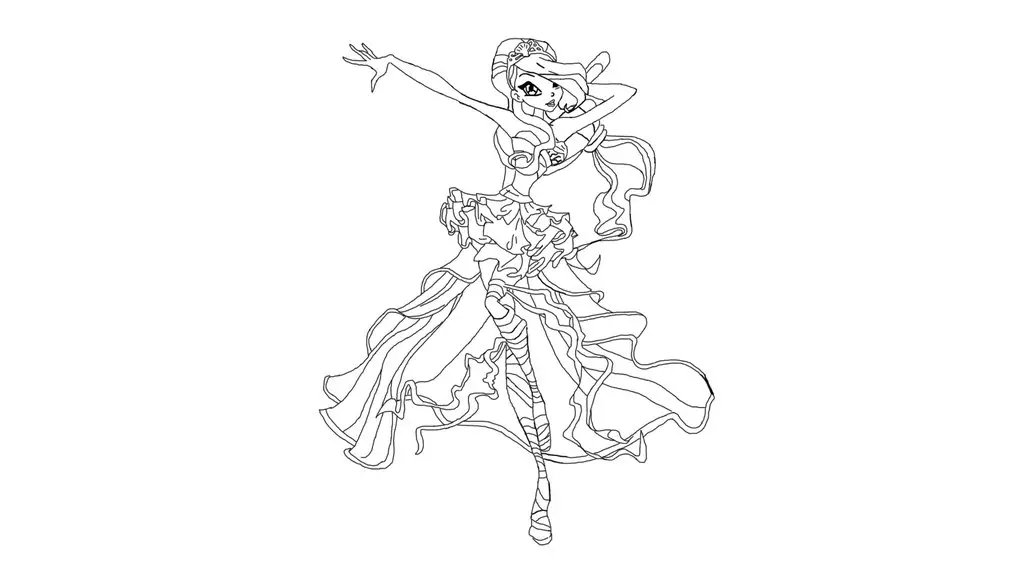Abigail Sawyer regularly reviews books for us here at PaperTigers, and she’s also, in her own words, “a lifelong library lover and an advocate for access to books for all”, so who better to write an article for us about “unconventional libraries” and the children’s books they have inspired. Abigail lives in San Francisco, California, USA, where her two children attend a language-immersion elementary school and are becoming bilingual in English and Mandarin: an experience that has informed her work on the blog for the film Speaking in Tongues. I know you’ll enjoy reading this as much as I have.
On Traveling Libraries and Heroic ‘Book People’: Inspiring children’s books about getting books to people in remote places and difficult circumstances
 My sons and I paid our first-ever visit to a bookmobile over the summer. For us it was a novelty. We have shelves of books at home and live just 3 blocks from our local branch library, but the brightly colored bus had pulled up right near the playground we were visiting in another San Francisco neighborhood (whose branch library was under renovation), and it was simply too irresistible. Inside, this library on wheels was cozy, comfortable, and loaded with more books than I would have thought possible. I urged my boys to practice restraint and choose only one book each rather than compete to reach the limit of how many books one can take out of the San Francisco Public Library system (the answer is 50; we’ve done it at least once).
My sons and I paid our first-ever visit to a bookmobile over the summer. For us it was a novelty. We have shelves of books at home and live just 3 blocks from our local branch library, but the brightly colored bus had pulled up right near the playground we were visiting in another San Francisco neighborhood (whose branch library was under renovation), and it was simply too irresistible. Inside, this library on wheels was cozy, comfortable, and loaded with more books than I would have thought possible. I urged my boys to practice restraint and choose only one book each rather than compete to reach the limit of how many books one can take out of the San Francisco Public Library system (the answer is 50; we’ve done it at least once).
 The bookmobiles provide a great service even in our densely populated city where branch libraries abound. There are other mobile libraries, however, that take books to children who may live miles from even the nearest modern road; to children who live on remote islands, in the sparsely populated and frigid north, in temporary settlements in vast deserts, and in refugee camps. The heroic individuals who manage these libraries on boats, burros, vans, and camels provide children and the others they serve with a window on the world and a path into their own imaginations that would otherwise be impossible.
The bookmobiles provide a great service even in our densely populated city where branch libraries abound. There are other mobile libraries, however, that take books to children who may live miles from even the nearest modern road; to children who live on remote islands, in the sparsely populated and frigid north, in temporary settlements in vast deserts, and in refugee camps. The heroic individuals who manage these libraries on boats, burros, vans, and camels provide children and the others they serve with a window on the world and a path into their own imaginations that would otherwise be impossible.
Shortly after my own bookmobile experience, Jeanette Winter‘s Biblioburro (Beach Lane Books, 2010), a tribute to Colombian schoolteacher Luis Soriano, who delivers books to remote hillside villages across rural Colombia, arrived in my mailbox to be reviewed for Paper Tigers. I loved this book, as I do most of Winter’s work, for its bright pictures and simple, straightforward storytelling. Another picture book, Waiting for the Bibiloburro by Monica Brown (Tricycle Press, 2011),  tells the story of Soriano’s famous project from the perspective of one of the children it serves, whose life expands beyond farm chores and housework thanks to Soriano and his burros.
tells the story of Soriano’s famous project from the perspective of one of the children it serves, whose life expands beyond farm chores and housework thanks to Soriano and his burros.
I was moved, of course, by Soriano’s story, which got me thinking about another favorite picture book my children found at our branch library a few years ago: That Book Woman by Heather Henson (Atheneum Books for Young Readers, 2008) is a fictionalized account of one family’s experience with the Pack Horse Library Project, a little-known United States Works Progress Administration program that ran from 1935-1943. The Pack Horse librarians delivered books regularly to families living deep in Kentucky’s Appalachian Mountains. In this inspiring story a young boy’s disdain for reading is transformed through his awe in watching “that Book Woman”  make her way to his family’s remote cabin without fail every two weeks no matter the weather. ”I stand a spell to watch that Book Woman disappear. […] It’s not the horse alone that’s brave, I reckon, but the rider too. And all at once I yearn to know what makes that Book Woman risk catching cold or worse.” When winter keeps the family housebound, the boy asks his sister to teach him how to read. He emerges, in spring, with a thirst for books as strong as hers.
make her way to his family’s remote cabin without fail every two weeks no matter the weather. ”I stand a spell to watch that Book Woman disappear. […] It’s not the horse alone that’s brave, I reckon, but the rider too. And all at once I yearn to know what makes that Book Woman risk catching cold or worse.” When winter keeps the family housebound, the boy asks his sister to teach him how to read. He emerges, in spring, with a thirst for books as strong as hers.
Margriet Ruurs’ My Librarian is a Camel (Boyds Mill Press, 2005) profiles alternative libraries in 13 different countries. Camels, which can carry up to 400 pounds, are the beast of choice for delivering books to nomadic villages in Kenya, where desert sands prevent even the toughest four-wheel drive vehicles from getting in. Donkeys in Peru and Zimbabwe pull library carts to rural villagers, while in Mongolia, where horses were first domesticated (and the literacy rate is nearly 100%) , books are delivered across the Gobi desert by either a horse-drawn wagon, a camel, or, sometimes, a minibus, as discussed by well-known Mongolian children’s writer and Mobile Library founder Jambyn Dashdondog in this article. Donkeys are also a critical part of the library system of rural Ethiopia, where larger mobile libraries are pulled by donkey teams through the relatively flat landscape thanks to the Ethiopia Reads project (you can read about it on PaperTigers here). Books are delivered by boat to some remote communities in Indonesia and Finland, while in Nunavut, homeland of the Inuit in the far northern reaches of Canada, library books come in the mail, along with postage paid envelopes so they can be returned. Many other countries, including Pakistan and Australia, have mobile library systems in trucks or buses that greatly expand the reach of their brick-and-mortar libraries.
, books are delivered across the Gobi desert by either a horse-drawn wagon, a camel, or, sometimes, a minibus, as discussed by well-known Mongolian children’s writer and Mobile Library founder Jambyn Dashdondog in this article. Donkeys are also a critical part of the library system of rural Ethiopia, where larger mobile libraries are pulled by donkey teams through the relatively flat landscape thanks to the Ethiopia Reads project (you can read about it on PaperTigers here). Books are delivered by boat to some remote communities in Indonesia and Finland, while in Nunavut, homeland of the Inuit in the far northern reaches of Canada, library books come in the mail, along with postage paid envelopes so they can be returned. Many other countries, including Pakistan and Australia, have mobile library systems in trucks or buses that greatly expand the reach of their brick-and-mortar libraries.
Some of the libraries profiled in My Librarian is a Camel have been transformed or no longer exist. In Blackpool, England, a community of locals once delivered books via wheelbarrow to vacationers on the beach. Today, the library system of the City of Port Philip  in Victoria, Australia has begun cycling out its old stock by offering a beach wheelbarrow library service. The Port Philip librarians do not expect the books to be returned but ask only that patrons pass them on to others when they have finished with them. The “blue truck” of Azerbaijan was especially noteworthy for its role in delivering books each week to children living in refugee settlements. The program was discontinued upon the establishment of 31 stationary libraries for Internally Displaced Persons (IDP) in central Azerbaijan. Elsewhere, I learned about Thailand’s Elephant Delivery Project and The Library Train in Bangkok: a neat role reversal for the mobile library in which the Railway Police have converted a train carriage into a static Train Library for local street kids!
in Victoria, Australia has begun cycling out its old stock by offering a beach wheelbarrow library service. The Port Philip librarians do not expect the books to be returned but ask only that patrons pass them on to others when they have finished with them. The “blue truck” of Azerbaijan was especially noteworthy for its role in delivering books each week to children living in refugee settlements. The program was discontinued upon the establishment of 31 stationary libraries for Internally Displaced Persons (IDP) in central Azerbaijan. Elsewhere, I learned about Thailand’s Elephant Delivery Project and The Library Train in Bangkok: a neat role reversal for the mobile library in which the Railway Police have converted a train carriage into a static Train Library for local street kids!
 The research for this article brought to mind many of the heroic librarians I have read about in other children’s books, such as Alia Muhammad Baker, The Librarian of Basra (Harcourt, 2005) who saved some 30,000 books from the fires of war in 2003; Pura Belpré of The Storyteller’s Candle (Children’s Book Press, 2008), who stayed put in her library while making sure that new immigrants in New York understood that it was there for them as it was for everyone in the city; and of course, the remarkable Jella Lepman, founder of The International Youth Library and IBBY, the International Board on Books for Young People, whose story is told in Books for Children of the World: The Jella Lepman Story (Pelican Publishing, 2007). Lepman helped people everywhere understand that sometimes children need books as much as they need food and water. She helped encourage peace by distributing translated copies of Munro Leaf’s classic, The Story of Ferdinand to the children of war-torn
The research for this article brought to mind many of the heroic librarians I have read about in other children’s books, such as Alia Muhammad Baker, The Librarian of Basra (Harcourt, 2005) who saved some 30,000 books from the fires of war in 2003; Pura Belpré of The Storyteller’s Candle (Children’s Book Press, 2008), who stayed put in her library while making sure that new immigrants in New York understood that it was there for them as it was for everyone in the city; and of course, the remarkable Jella Lepman, founder of The International Youth Library and IBBY, the International Board on Books for Young People, whose story is told in Books for Children of the World: The Jella Lepman Story (Pelican Publishing, 2007). Lepman helped people everywhere understand that sometimes children need books as much as they need food and water. She helped encourage peace by distributing translated copies of Munro Leaf’s classic, The Story of Ferdinand to the children of war-torn  Germany following World War II. The books helped the children transcend their difficult existence and gave people everywhere an opportunity to participate in peacemaking by contributing to Lepman’s effort.
Germany following World War II. The books helped the children transcend their difficult existence and gave people everywhere an opportunity to participate in peacemaking by contributing to Lepman’s effort.
The heroes of today’s mobile libraries and the children who look forward to their arrival would make Lepman proud. I wonder how many lives are better today because a poor child of Appalachia or a German war orphan discovered books 50 or 60 years ago at the hands of an intrepid librarian. Their descendants will reap the benefits of reading for generations to come, and the children served by unconventional libraries all over the world are, even now, contributing to a brighter future for all of us, one page at a time.
PaperTigers Personal View by Abigail Sawyer, September 2011















